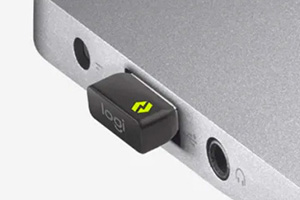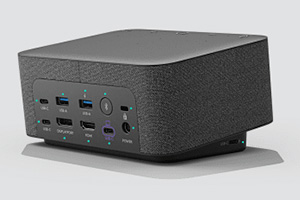Zones and Windows Autopilot are a match made in heaven
In the modern workplace, endpoint device management has proven to be one of the most complicated aspects of workplace modernization. Deploying new...

In a simpler time, tackling a workplace modernization project just meant literally that – modernizing the workplace. Your employees worked out of their offices on a daily basis, and IT’s job was to deliver them the technology they needed. Now, though, everything has changed. The COVID-19 pandemic has had a dramatic impact on the way companies do business, and organizations have had to draw up remote work strategies on the fly. How do you modernize a workplace that’s so dramatically changed?
Employers are torn on how to move forward. Some plan to stick with the “work from home” model for quite some time, as they prefer erring on the side of caution. Other organizations, meanwhile, are starting to gradually bring people back to work.
For those in the latter group, transitioning back to the office is going to require strategic efforts on the part of many leaders, including decision-makers in IT, human resources, and more. They will need to have strict health regulations in place, including hygiene rules and social distancing guidelines.
IT can play a key strategic role in this effort. A recent Gartner study, entitled “Manage Social Distancing and Contact Tracing With Location-Aware Technologies and Devices,” explained that the IT department is vitally important in shaping companies’ strategies as they return to work. Companies will have to make difficult decisions that balance competing needs, and they’ll need to navigate the constraints of what technology can deliver when it comes to employee health. IT leadership will need to be a guiding force.
At Zones, there’s a lot that we can do to help. One such service that we provide is thermal scanning – we offer kiosks that can automate the process of checking employees’ temperatures as they enter your facility. The benefits of this offering are clear – you can always get real-time updates on employee health, and you can do so without hiring additional health professionals or forcing employees to wait in long lines. This represents a highly efficient way to deliver results for a minimal investment.
Zones offers a wide range of other IT solutions that can help ensure a safe return to work. For example, our Blue Light Zones™ (BLZ) solution helps clients to disinfect their IT products using a short-wavelength UV light called ultraviolet germicidal radiation (UVGI). Meanwhile, for employers that still have some employees working remotely, our Remote Worker Solution includes a number of technology products and services designed to make life easier. From asset management to technical support and everything in between, we’ve got you covered.
This is what we’ve always done at Zones. We’re dedicated to guiding organizations in their digital transformation, and we understand that in 2021 and beyond, that challenge will look dramatically different. The ways people work and the technologies they need are changing rapidly, but our overall goal at Zones has never changed. We want to keep your people safe, healthy, and productive, no matter what. Connect with us today, and explore how we can do just that.

In the modern workplace, endpoint device management has proven to be one of the most complicated aspects of workplace modernization. Deploying new...

Over the last couple of years, we’ve witnessed a clear and measurable trend – business leaders are reevaluating everything they thought they knew...

2 min read
One of the major IT trends to watch in 2022 is the way corporate leaders approach workplace modernization. That’s especially true because as we...